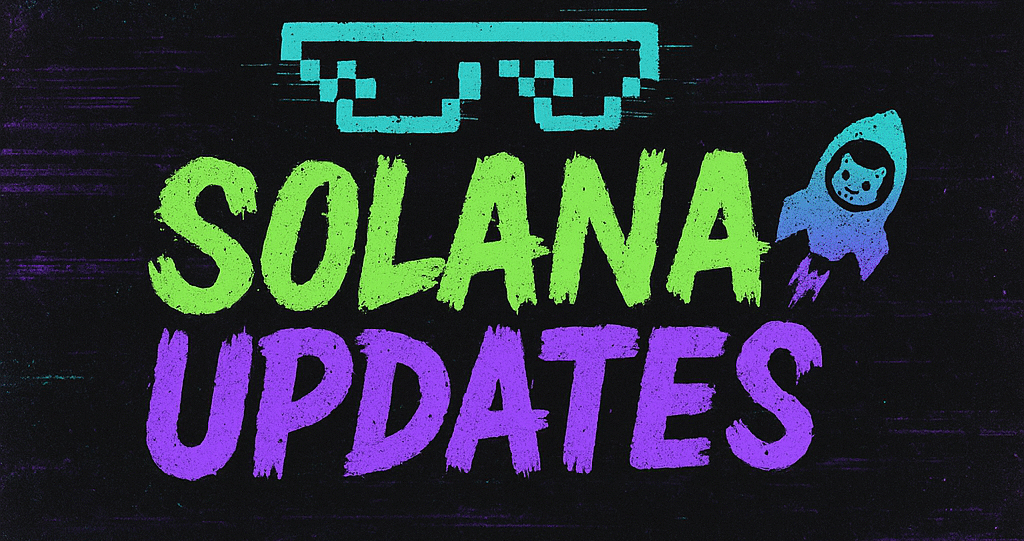Satoshi-era Bitcoin Whale Moves 40K BTC to Galaxy Digital
In a noteworthy development that has captured the attention of the cryptocurrency community, a Satoshi-era Bitcoin whale has transferred a significant pile of 40,000 BTC to Galaxy Digital. This move marks the second such transfer by the same entity, sparking speculation and intrigue among market observers.
The transaction, which took place after 14 years of dormancy, has been analyzed by industry experts and enthusiasts alike. Kadan Stadelmann, Chief Technology Officer at Komodo Platform, offered insights into the whale’s possible motivations. He speculated that the whale might be securing its “jaw-dropping profits” following years of holding.
Historically, Bitcoin whales—individuals or entities holding large amounts of Bitcoin—have the potential to significantly impact market dynamics. Their trading activities often send ripples through the market, influencing price movements and investor sentiment. The latest move by this whale is no exception, as it comes at a time when Bitcoin is experiencing renewed interest and volatility.
The Past and Present of Satoshi-era Whales
Satoshi-era whales refer to those who accumulated Bitcoin during its early years, particularly before 2010. These early adopters hold substantial amounts of Bitcoin, purchased when the digital currency was in its infancy and worth mere pennies compared to today’s valuations. Over the years, as Bitcoin’s price soared, the value of these holdings transformed into immense fortunes.
The anonymity and mystery surrounding these early adopters only add to the fascination. Many of these whales have kept their coins untouched, leading to speculation about their identities and intentions. The recent activity by this whale reignites discussions about the strategies and plans of such significant holders.
Galaxy Digital: A Strategic Choice
The decision to move the Bitcoin to Galaxy Digital is also of interest. Founded by Mike Novogratz, Galaxy Digital is a prominent player in the cryptocurrency and blockchain sector, known for its diverse range of services including asset management, trading, and advisory services. The choice of Galaxy Digital suggests a calculated decision to engage with a trusted entity that offers both security and strategic opportunities for large-scale Bitcoin management.
While the exact reasons behind the transfer remain speculative, it’s feasible that the whale sees Galaxy Digital as a partner capable of facilitating complex transactions or providing custodial services that align with its financial goals. Additionally, the move could indicate a transition from simply holding to more dynamic asset management strategies.
Market Implications
The transfer of such a significant amount of Bitcoin inevitably raises questions about potential market implications. Historically, the movement of Bitcoin from cold storage to exchanges or other entities has sometimes preceded notable price movements. However, it is crucial to approach such events with a balanced perspective, considering both the potential for market impact and the broader context of ongoing market trends.
As Bitcoin continues to mature as a financial asset, the actions of whales will remain a focal point for market participants. Their decisions can provide insights into market sentiment and future trends, influencing both retail and institutional investors.
In conclusion, the Satoshi-era whale’s decision to move a second tranche of 40,000 BTC to Galaxy Digital underscores the evolving landscape of cryptocurrency holdings and management. As the market watches for further developments, this event highlights the enduring influence of early adopters in the dynamic world of digital currencies.
🛒 Recommended Product: Check out top-rated crypto gear on Amazon


